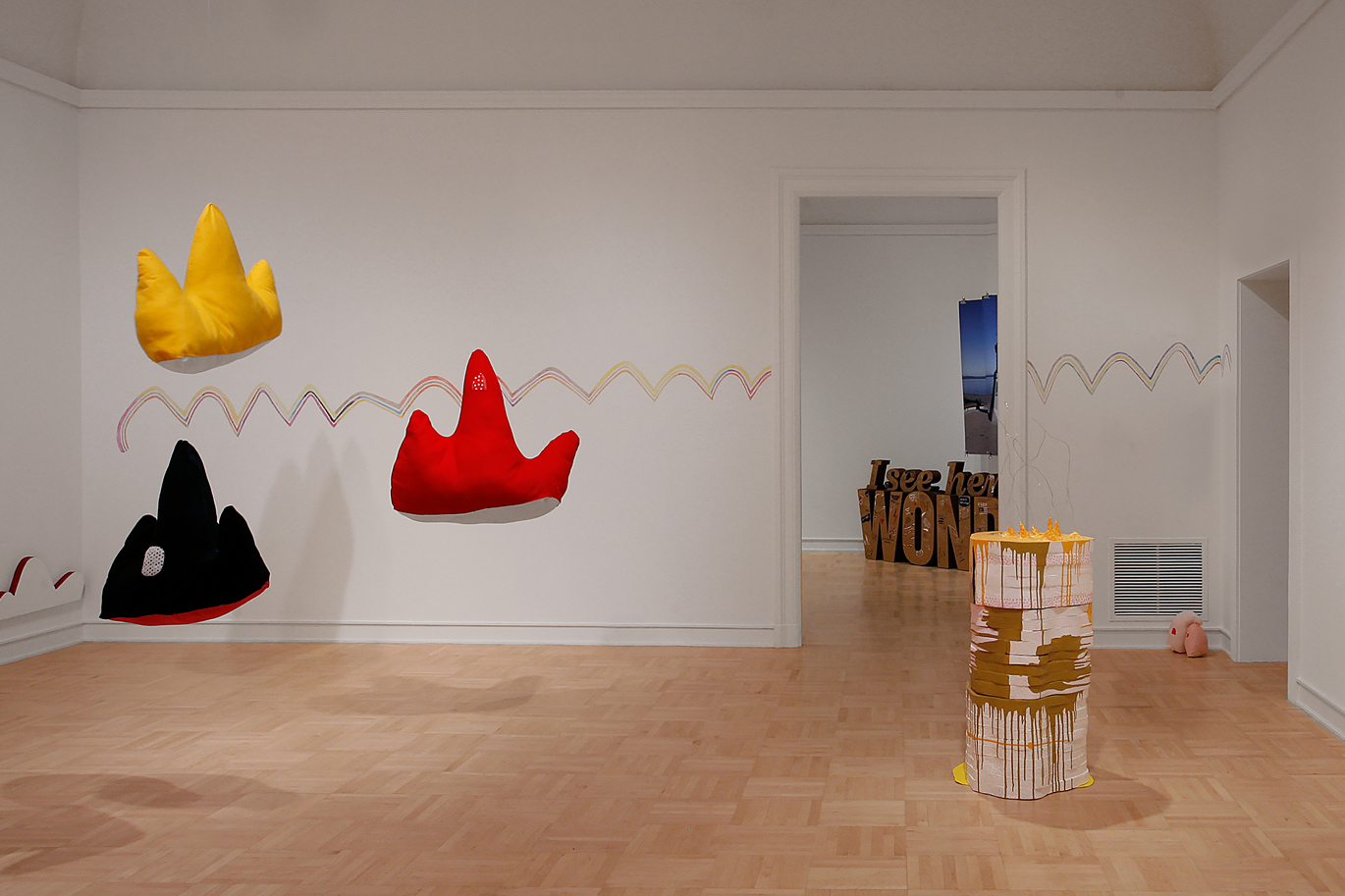Communal work, community support, and collaborative art production defined William Morris’s Arts and Crafts movement, and these tenets were also central to late-nineteenth-century religious practices. My dissertation chronicles the relationship between religious patronage and Arts and Crafts production in the United Kingdom and United States, by examining designers, artists, and their spaces, including convents, embroidery schools, architectural firms, and printing houses. Practitioners often worked in shifting media: book designers also made stained glass, architects supplied embroidery designs, and typographers also devised architecture. Such fluid, collective practices are key to understanding this networked artistic exchange. These communities were practicing a resistance both radical and conservative, pushing for dignity in labor through an almost archaic aesthetic, within a seemingly conventional, medievalist, and patriarchal structure — yet this structure also allowed for dissident behavior…
University of Washington Links
Main Menu
Mobile Menu
- Art
- Art History
- Design
- The School
- The Gallery


